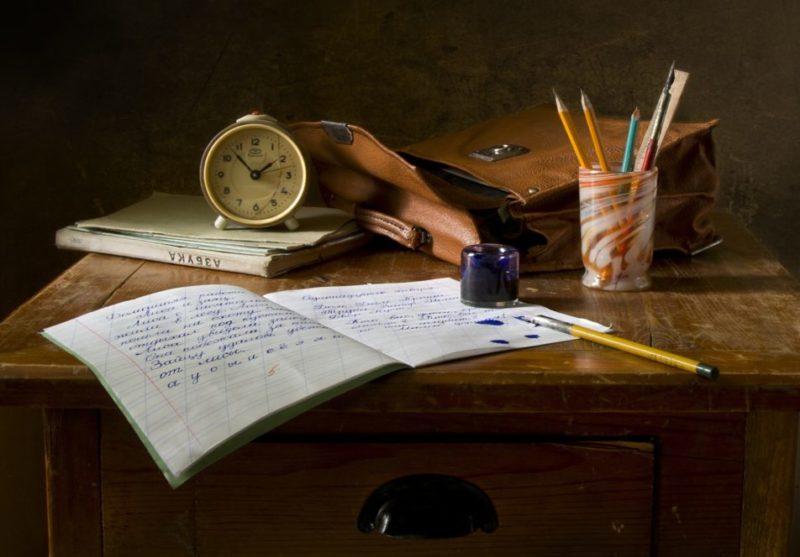Arts Review Assignment
ENG 21001
Yosmerilyn Rodriguez
March 19, 2019

Self Portrait as Tehuana, 1943 by Frida Kahlo
Self Portrait as Tehuanais currently on show at the Brooklyn Museum and is a part of their major “Frida Kahlo: Appearances Can Be Deceiving” exhibition which explores the life and work of the iconic Mexican artist, Frida Kahlo. Kahlo is remembered today for her self-portraits depicting the passion and pain she experienced in her life. She is admired for having portrayed her struggles with physical illness/impairment, for exploring her identity and depicting the female experience.
Kahlo started Self Portrait as Tehuana in August of 1940 when she and artist Diego Rivera were divorced and did not finish it until 1943. One of the first things I noticed when I walked up the painting was the mini portrait of Diego Rivera is that painted just above Kahlo’s eyebrows, on her forehead. The first thing I thought was: “Diego is on my mind.” To my surprise, the alternative names for the portrait are Diego in My Thoughtsand Thinking of Diego. In the painting, Kahlo is clearly expressing her struggle with loving Rivera, who continuously betrayed her through his affairs with other women. Despite his betrayals, she cannot stop thinking of Rivera. I love how Kahlo made the point so simple and clear—it is literally painted across her forehead.
The traditional Tehuana costume that Khalo is wearing in the portrait is hard to ignore and is one of the very first things I noticed besides Rivera’s mini portrait. Kahlo demands that the audience to pay attention to the costume, and to Mexican and indigenous culture. The costume is cream, light purple, yellow, is decorated with white flowers, and frames Khalo’s neutral face. A bed of flowers matching the color of the costume rests on top her head. The costume is flowery and feminine and makes me feel the very same way. Seeing Kahlo in the costume, posed so naturally, fills me with appreciation; the costume is not normal for me or a part of my own tradition and seeing Khalo confidently embracing hers was quite an experience.
Roots branch out from Kahlo’s face, into the earth-colored background, and touch the very edges of the painting. At first it seems like the canvas itself has cracks in it, something that I know to sometimes happen with oil paintings overtime. But that is not the case here. The roots are either white or brown, and the brown ones hang down and curl up unlike the white roots which maintain their direct route. In its entirety, it actually reminds me of a spider web, with Frida’s mind caught in the center of that web. More specifically, with the thought of Diego caught in the center of the web. Khalo simply cannot stop thinking about, and probably loving, Diego. Even if she wanted to. I know from my own research that Khalo did remain with Diego until the end of her life, despite separation and divorce. I relate to Khalo through this portrait and think that everyone can; sometimes we want to stop thinking about someone or something but cannot.
If you follow the roots that branch out from Kahlo’s face until they reach the edges of the painting, you are met with the wonderful frame that holds the portrait. It is one of my favorite parts of the entire work and I think it adds a lot to the portrait itself. It is made out of wood and is wavy in shape. The frame does a fantastic job at giving the portrait movement and automatically makes it fluid. At the Brooklyn Museum, it rests against a wall painted a deep blue, which also adds to the portrait’s fluidity and depth. I do not know whether it was the original frame for the portrait or a curator’s choice, but it is the best fit.
Before my visit to the Brooklyn Museum for this exhibition, I had never seen this painting by Kahlo before. Like a spider web, Self Portrait as Tehuana captures your attention and brings you in from a distance. It wasn’t until I stood in front of it that I realized it had deeper meaning and endless symbolism. This portrait spits honesty and vulnerability to me, two characteristics expressed in all of Kahlo’s work. Khalo was honest about her feelings and wasn’t afraid to portray those feelings on a canvas, canvas that would eventually be available for the entire world to see. She was also naturally intricate and multi-layered as a person, and this transferred over to her work. As an artist myself, this painting is incredibly inspiring and motivating. Frida Khalo has shown me that not only do I want—but that I need to be honest in my life, in my paintings, and in my art, as well.


